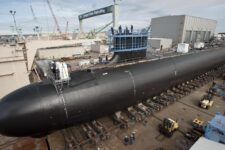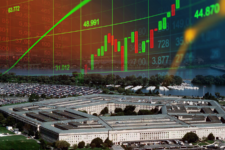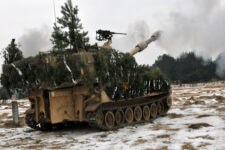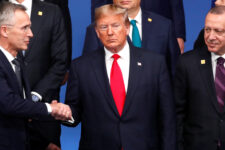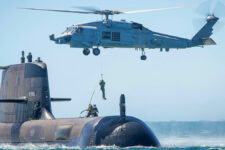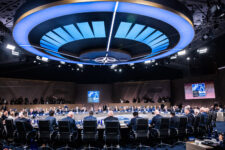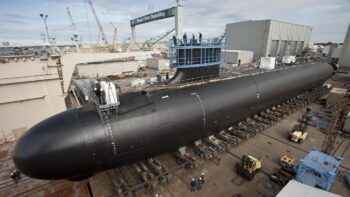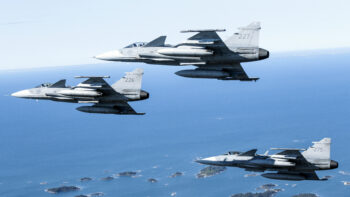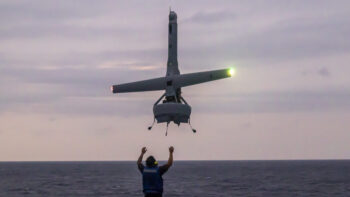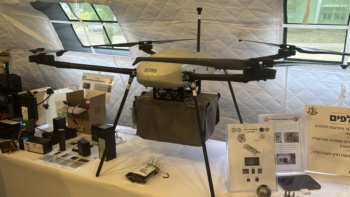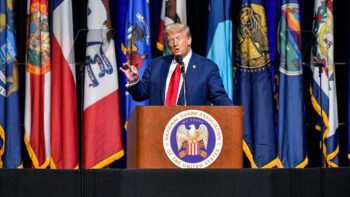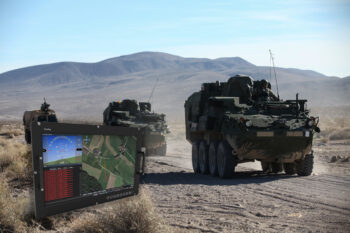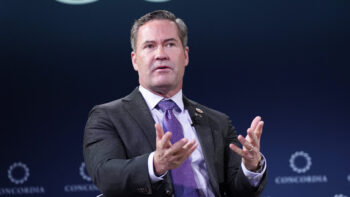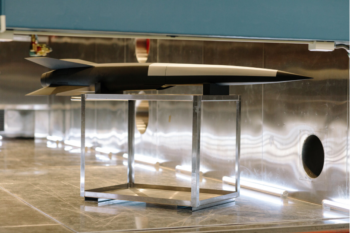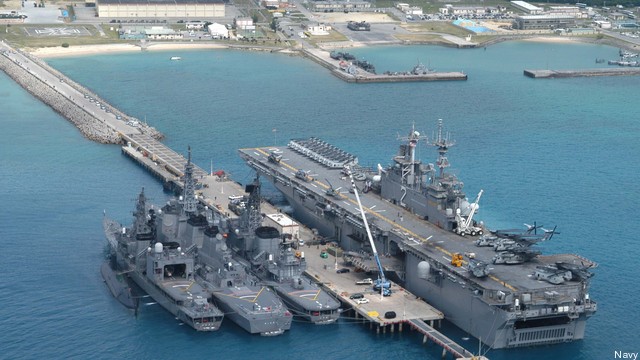 WASHINGTON: Sloppy number-crunching at the Department of Defense means that the official price tag to move 9,000 Marines off Okinawa to Guam, Hawaii, and Australia – already estimated at a whopping $10.6 billion – is probably short of the real cost, according to a draft Government Accountability Office (GAO) report obtained by Breaking Defense.
WASHINGTON: Sloppy number-crunching at the Department of Defense means that the official price tag to move 9,000 Marines off Okinawa to Guam, Hawaii, and Australia – already estimated at a whopping $10.6 billion – is probably short of the real cost, according to a draft Government Accountability Office (GAO) report obtained by Breaking Defense.
[Update: Click here for the Pentagon’s rebuttal of GAO]
The U.S. plans to move 4,700 of 8,000 Marines to Guam and send the others elsewhere: 1,800 would go to Hawaii – far from the action in the Western Pacific – and the rest to Australia – where the US is building up a “rotational” presence of 2,500 Marines (not all of them relocated from Okinawa) rather than permanent bases. The Pentagon’s cost estimate is $10.6 billion.
The draft GAO report suggests that figure is still too low. The Defense Department is not counting everything it needs to, according to GAO, whose name was “General Accounting Office” until 2004 and which is famous for its scrupulous, exhaustive cost studies of federal programs. For example, the DoD estimate simply assumed the cost of relocating one Marine to Hawaii or Australia would be the same as relocating one to Guam. But Hawaii is one of the most expensive states in the union, with existing bases already hemmed in by the civilian population, and there are no US military facilities in Australia, whereas 30 percent of the military housing already built on Guam is sitting empty. GAO also cited a host of other unknowns, from unfinished environmental impact studies to the Army Corps of Engineers’ ability to supervise so many simultaneous projects to Japanese cost-sharing pledges on which Tokyo has now reneged.
Just coming up with the relocation plan has been a six-year ordeal. Military facilities on Okinawa are now starting to decay because of deferred maintenance, even as DoD pays to keep up facilities on Guam that stand empty awaiting the Marines and their familes, said the GAO report.
The impasse has also undermined American credibility in Asia, according to no less an authority than the non-partisan Center for Strategic and International Studies. With the administration’s new strategic focus on the Pacific, the US wants not only to increase its total presence in the theater but also to shift some of the massive force now based in Northeast Asia – where South Korea and Japan are now very capable of defending themselves – to increasingly volatile Southeast Asia, where no less a figure than Australian Ambassador Kim Beazley said Tuesday that America had “dropped the ball.”
But the move has gotten entangled in the painful triangular politics of Washington, Tokyo, and Okinawa itself. The island hosts roughly 75 percent of US forces in Japan in less than 1 percent of Japan’s total landmass, a fact that adds to Okinawans’ centuries-old resentments against an often neglectful, occasionally oppressive mainland. Crimes by US servicemembers against Okinawans, especially sexual assaults, create chronic friction. So does Okinawan anxiety about potential training accidents, which initially kept the Marines’ V-22 aircraft on the island grounded.
GAO last weighed in on the move in May 2011, when it reported that the Pentagon’s original plan to move 8,000 Marines and 9,000 dependents from Okinawa to Guam would cost not the official $4.2 billion estimate but more like $13 billion. Concerns about that cost – and how it would be shared between the US and Japan – led Congress to put the move on hold until the military sorted things out, which according to the GAO it still hasn’t done.
All told, write the authors of the draft GAO report: “DoD is embarking on an initiative that involves the movement of thousands of DoD personnel and US civilians, and the construction of billions of dollars in infrastructure, housing, and facilities, without ensuring the affordability or feasibility of the new plan.”
Navy asking Congress for $5.7B in emergency submarine funding
Most of the money would shore up buys for three Virginia-class subs, while some funding would go to help industry improve its productivity.
